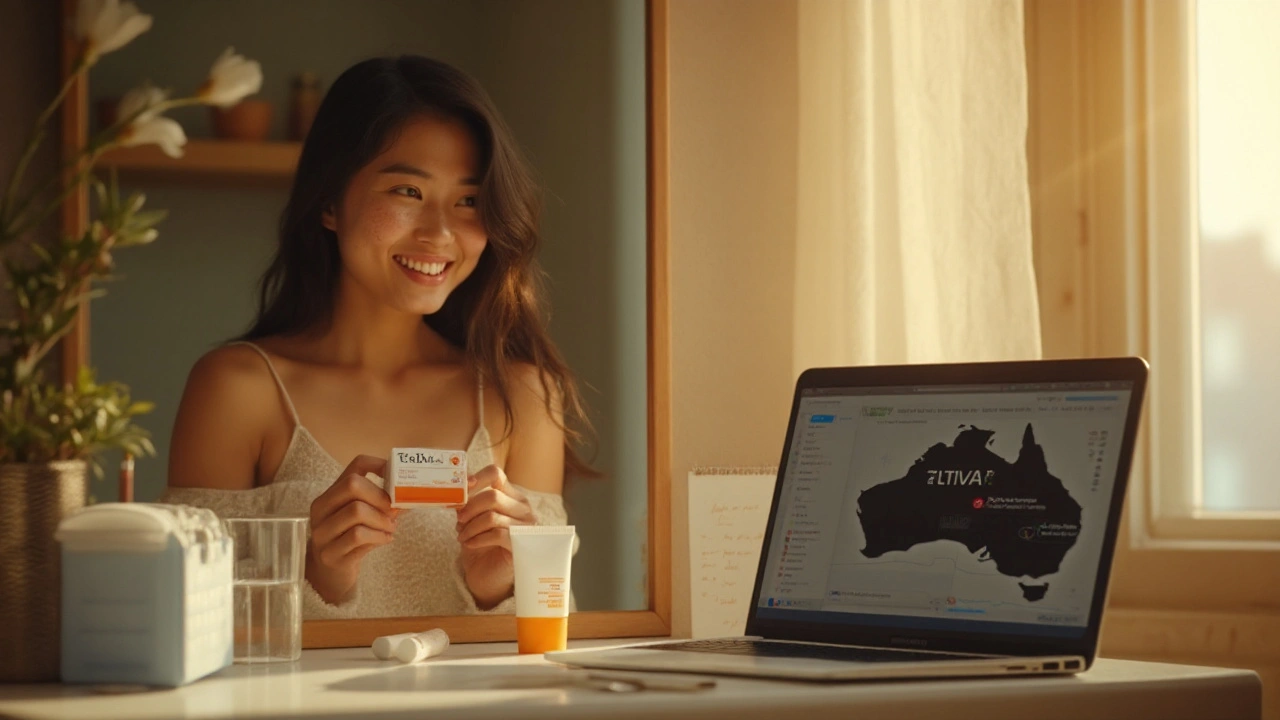Acne Treatment Tips You Can Use Right Now
If you’re battling breakouts, you’ve probably tried a dozen creams that promised miracles. Most of them don’t work because they ignore the basics: clean skin, proper products, and habits that keep pores clear. Below are easy steps you can start today to see real improvement.
Cleanse Smart, Not Hard
The first rule is gentle cleansing twice a day. Use a mild foaming wash with salicylic acid or benzoyl peroxide – these ingredients help unclog pores without stripping the skin. Wash for 30 seconds, rinse with lukewarm water, and pat dry. Avoid scrubbing; harsh friction irritates skin and can make acne worse.
Pick the Right Treatments
After cleansing, apply a targeted treatment. For mild to moderate acne, a thin layer of a 2‑5% benzoyl peroxide gel works well. If you have oily skin, try a 0.5%–1% retinoid cream at night – it speeds cell turnover and prevents new pimples. Remember, less is more: start with a small amount to see how your skin reacts, then increase if needed.
Don’t forget moisturizers. Even oily skin needs hydration; look for oil‑free, non‑comedogenic formulas that won’t block pores. A good moisturizer restores the skin barrier and reduces the dryness that often follows acne meds.
Lifestyle Hacks That Make a Difference
What you eat can affect breakouts. Limit sugary drinks and high‑glycemic foods; they spike insulin, which may trigger oil production. Aim for balanced meals with plenty of vegetables, lean protein, and omega‑3 fatty acids – fish, nuts, and seeds keep inflammation down.
Stress is a hidden acne driver. When you’re stressed, your body releases cortisol, boosting sebum. Try quick stress‑relief tactics: 5‑minute breathing exercises, short walks, or stretching breaks during work. Consistency beats intensity – a few minutes each day adds up.
Avoid Common Mistakes
Never pick or squeeze pimples. It spreads bacteria and can leave scars. If you need to pop a whitehead, use a sterilized extractor after the skin is clean and the pimple is ready – but keep it rare.
Stay away from heavy makeup that clogs pores. Choose “non‑comedogenic” labels and always remove makeup before bed. Also, change pillowcases and phone screens regularly; they collect oil and bacteria that can transfer to your face.
When to See a Professional
If over‑the‑counter options don’t improve your skin after 8–12 weeks, it’s time for a dermatologist. Prescription meds like oral antibiotics or hormonal treatments may be needed, especially for persistent cystic acne. A professional can also offer laser or chemical peel therapies that speed up healing.
Bottom line: clear skin isn’t about expensive gadgets – it’s about consistent basics, the right products, and smart habits. Start with gentle cleansing, add a proven treatment, keep your diet balanced, manage stress, and watch your breakouts fade. You’ve got everything you need to take control of acne today.
- Stéphane Moungabio
- 7
Tretiva (Isotretinoin): Uses, Dosage, Side Effects, Price & How to Get It in Australia
What Tretiva is, how it treats acne, typical doses, side effects, costs, and legal access steps in Australia. Clear, safe guidance with practical tips.
Read more
